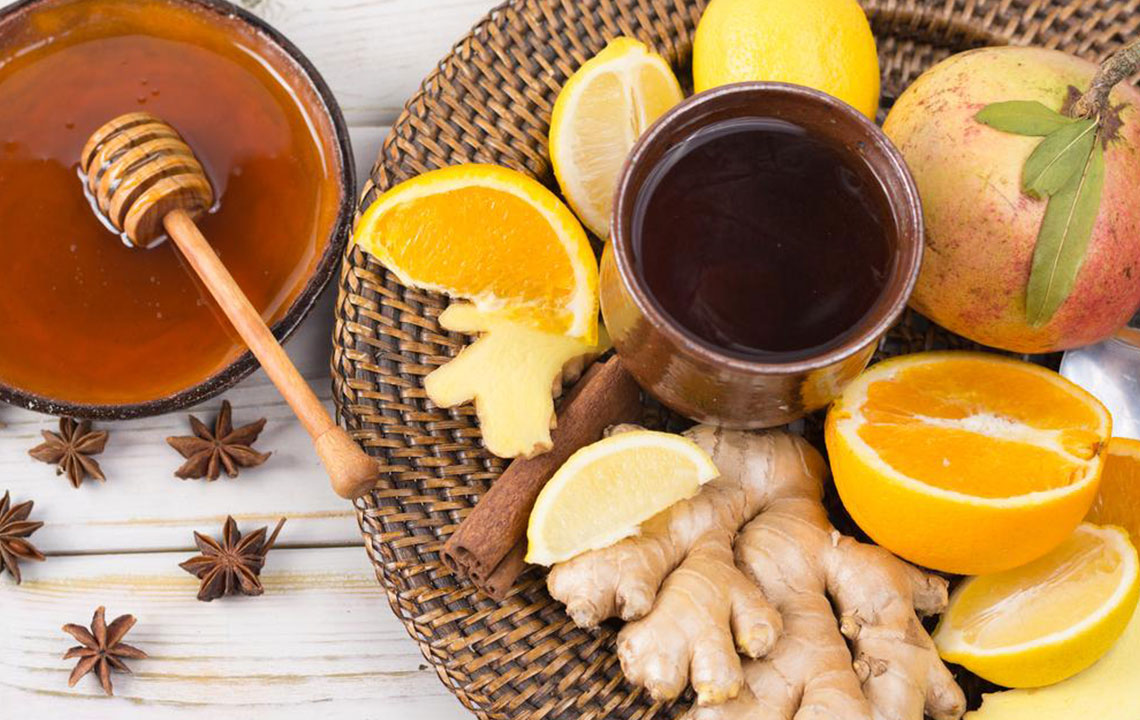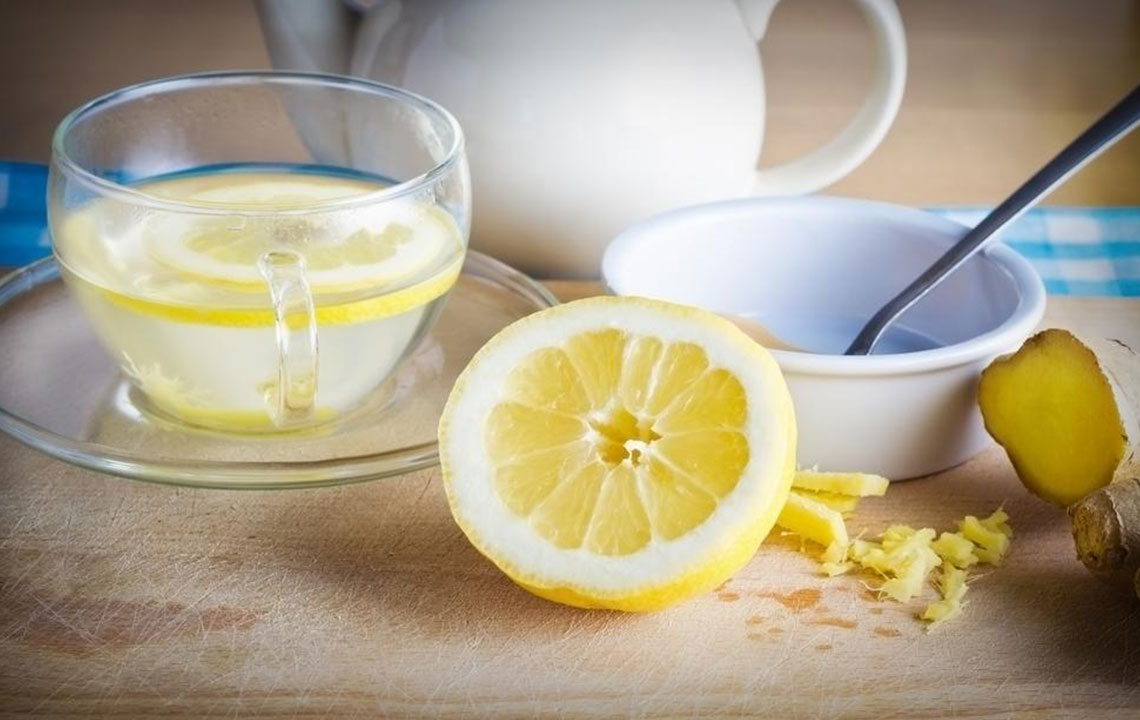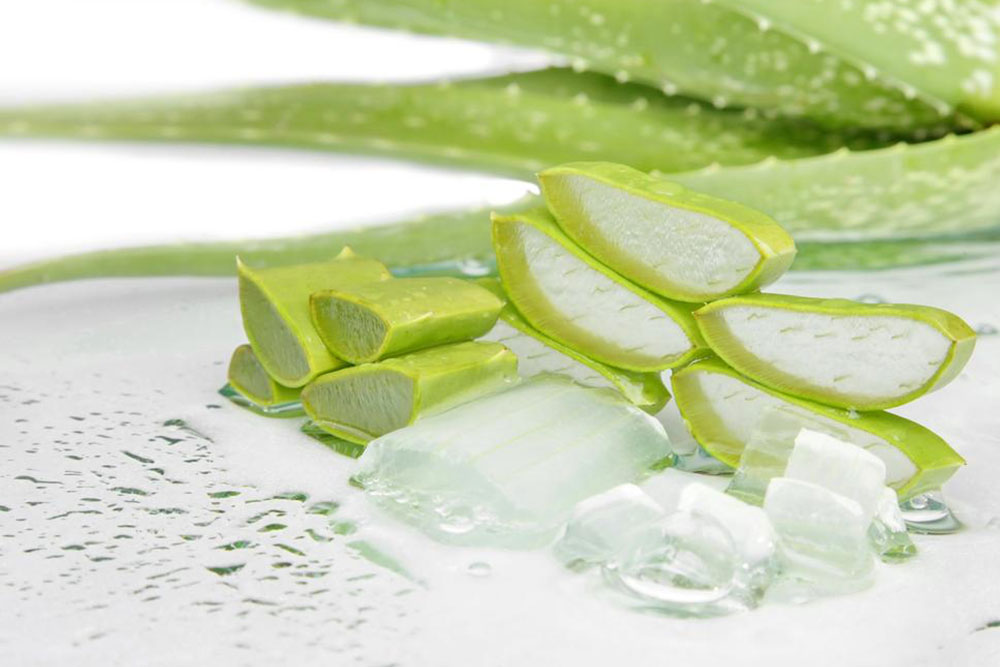Comprehensive Approaches to Relieve Shoulder Rotator Cuff Pain Naturally and Effectively
This comprehensive guide explores effective natural and medical approaches to relieve shoulder rotator cuff pain. From home remedies like ice, heat, and stretches to professional treatments, learn how to manage discomfort, promote healing, and prevent future injuries. Tailored strategies ensure a faster recovery, improve shoulder mobility, and restore daily function. Preventative tips and early intervention are emphasized to maintain shoulder health over time. Suitable for anyone suffering from rotator cuff discomfort seeking safe, effective relief options.

Comprehensive Approaches to Relieve Shoulder Rotator Cuff Pain Naturally and Effectively
Shoulder pain, especially a sudden, sharp sensation when lifting or moving your arm, may be indicative of a rotator cuff injury. The rotator cuff is a complex assembly of tendons and muscles that stabilize the shoulder joint, facilitating a wide range of arm movements. It connects the upper arm bones to the shoulder blade, playing a vital role in shoulder mobility and strength. Damage or irritation to these tendons and muscles can significantly hinder daily activities such as dressing, grooming, lifting objects, or reaching overhead. Recognizing the symptoms early and understanding effective treatment options is essential for recovery.
Healthcare professionals recommend a range of treatment options, from pharmaceutical interventions to surgical procedures. For minor to moderate injuries, conservative measures including home remedies, physical therapy, and targeted exercises often provide relief. When pain is severe or persistent, surgical options might be necessary to repair torn tendons or address severe inflammation. Early diagnosis and individualized treatment plans are crucial for optimal recovery. Here, we explore in detail the most effective strategies to alleviate rotator cuff pain, helping you regain shoulder function and reduce discomfort.
Understanding the causes and symptoms of rotator cuff injuries is the first step toward effective management. Factors such as aging, repetitive overhead activities, trauma, and improper biomechanics can predispose individuals to tendinitis, tears, or impingement syndromes within the shoulder. Recognizing early warning signs like sharp pain during movement, weakness, or limited range of motion can prompt timely intervention. The following comprehensive guide delves into natural remedies, physical strategies, and professional treatments that can help you manage rotator cuff pain effectively at home and with medical support.
Understanding the Importance of the Rotator Cuff
The rotator cuff comprises four key muscles and tendons: supraspinatus, infraspinatus, teres minor, and subscapularis. These structures work together to stabilize the shoulder joint, allowing complex movements such as lifting, rotating, and reaching. Any injury or degeneration affecting these tendons can lead to pain, weakness, and limited mobility. Due to its vital role, addressing rotator cuff issues promptly is essential to prevent long-term disability. Preventative measures such as strengthening exercises, proper ergonomics, and shoulder-friendly habits can help maintain shoulder health over time.
Common Causes of Rotator Cuff Pain
Overuse of shoulder muscles through repetitive overhead activities in sports or work
Acute injuries from falls, accidents, or heavy lifting
Poor posture leading to shoulder instability and increased strain
Imbalances or weakness in shoulder and upper back muscles
Symptoms Indicating a Rotator Cuff Injury
Sharp pain when lifting or rotating the arm
Pain at night, especially when lying on the affected shoulder
Weakness or inability to lift objects or reach overhead
Limited range of motion
Swelling or tenderness around the shoulder
Effective Home Remedies and Physical Strategies for Relief
While consulting a healthcare professional is always recommended for persistent or severe pain, many individuals find relief through carefully selected home remedies and physical therapies that promote healing, reduce inflammation, and restore mobility.
Ice Therapy: An Instant Anti-inflammatory
Applying cold packs to the shoulder shortly after pain onset can significantly reduce inflammation and numb the area, alleviating discomfort. Wrap ice in a cloth or use a gel pack, and apply it to the affected shoulder for approximately 10-20 minutes. Repeat this process every 2-3 hours during the first 48 hours of injury. Avoid direct contact with the skin to prevent frostbite. Ice therapy is especially useful during the acute phase of injury to manage swelling and pain effectively.
Heat Application: Stimulating Circulation and Relaxation
After the initial inflammation subsides, heat therapy can be employed to promote blood flow, relax tight muscles, and accelerate healing. Warm compresses or heating pads applied to the shoulder for 15-20 minutes can alleviate stiffness and enhance flexibility. Always ensure the heat is comfortable and not excessively hot to avoid burns. Integrating heat therapy with gentle stretching can optimize shoulder mobility recovery.
Targeted Shoulder Stretches and Exercises
Engaging in specific stretches and strengthening exercises enhances shoulder stability and function. The goal is to gently stretch tight tendons and muscles while strengthening weak supporting structures.
Wall Slide Stretch
This stretch helps improve shoulder range of motion. Stand facing a wall, place your affected arm against the wall at shoulder height, and slowly slide your arm upward as far as comfortable. Then, slide it back down. Repeat 10-15 times daily, maintaining slow, controlled movements to avoid strain.
Crossover Arm Stretch
Gently pull your affected arm across your chest using your opposite hand. This stretches the posterior shoulder muscles. Hold each stretch for 30 seconds and repeat 3-4 times. Do not force the movement or apply excessive pressure, especially if the shoulder is painful or recovering from surgery.
Doorway Stretch
Stand in a doorway with your arms at or just below shoulder height on the frame. Lean forward gently until you feel a stretch across the front of your shoulder. Hold for 20-30 seconds, then relax. Repeat 3 times per session. Keep your back straight and avoid overstretching to prevent injury.
Incorporating Anti-inflammatory Foods and Natural Remedies
Nutrition can play a supportive role in reducing shoulder inflammation. Incorporate foods rich in anti-inflammatory compounds, such as turmeric, ginger, omega-3 fatty acids (found in fish, flaxseeds), and fresh vegetables. Turmeric, in particular, contains curcumin, a powerful anti-inflammatory agent. Consuming turmeric milk—warm milk infused with turmeric and black pepper—can aid in reducing inflammation and pain associated with rotator cuff injuries.
Rest, Proper Posture, and Activity Modification
Allowing the shoulder time to heal is crucial. Avoid activities that cause pain or strain the shoulder joint. Maintain good posture during daily activities, ensuring shoulders are relaxed and not hunched forward. Use supportive pillows and ergonomic furniture to reduce the strain during sleep and work. Additionally, avoid heavy lifting and overhead movements until your shoulder recovers.
When to Seek Professional Treatment
Persistent pain, weakness, or limited mobility despite home treatments indicates the need for medical consultation. An orthopedic specialist may recommend imaging studies such as MRI or ultrasound to assess the extent of injury. Treatment options may include physical therapy, corticosteroid injections, or minimally invasive surgeries like arthroscopy. Surgical intervention aims to repair torn tendons, remove inflamed tissue, or decompress impinged structures, restoring shoulder functionality.
Prevention Tips for a Healthy Shoulder
Regular shoulder strengthening exercises
Maintaining proper posture and ergonomics at work and during recreation
Avoiding repetitive overhead activities without adequate rest
Using appropriate technique during sports or weightlifting
Stretching and warming up before physical activity
By integrating these strategies into your daily routine, you can prevent shoulder injuries, reduce pain, and maintain optimal shoulder health for years to come. Remember, early intervention and consistent care are key to a speedy and complete recovery from rotator cuff issues.





